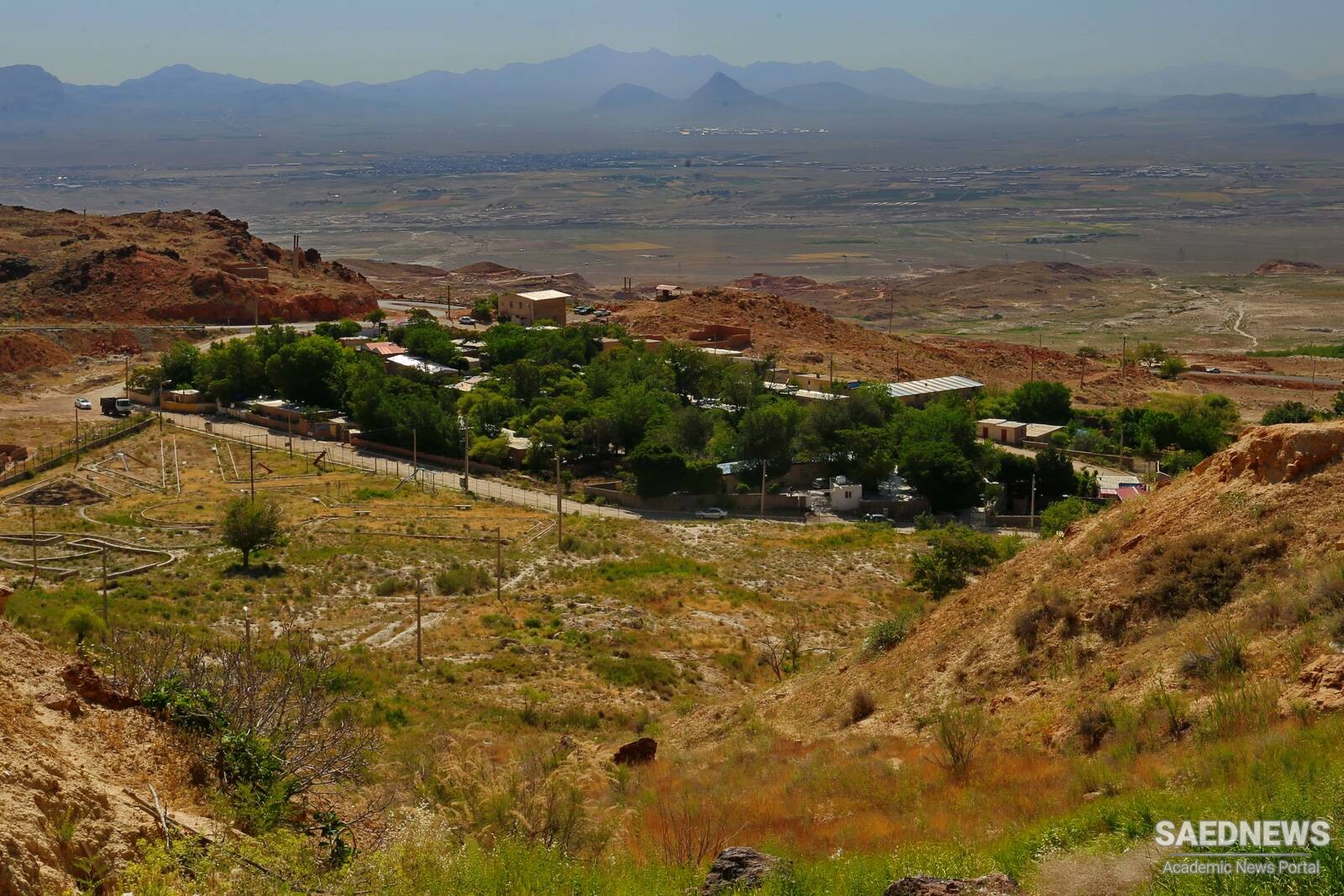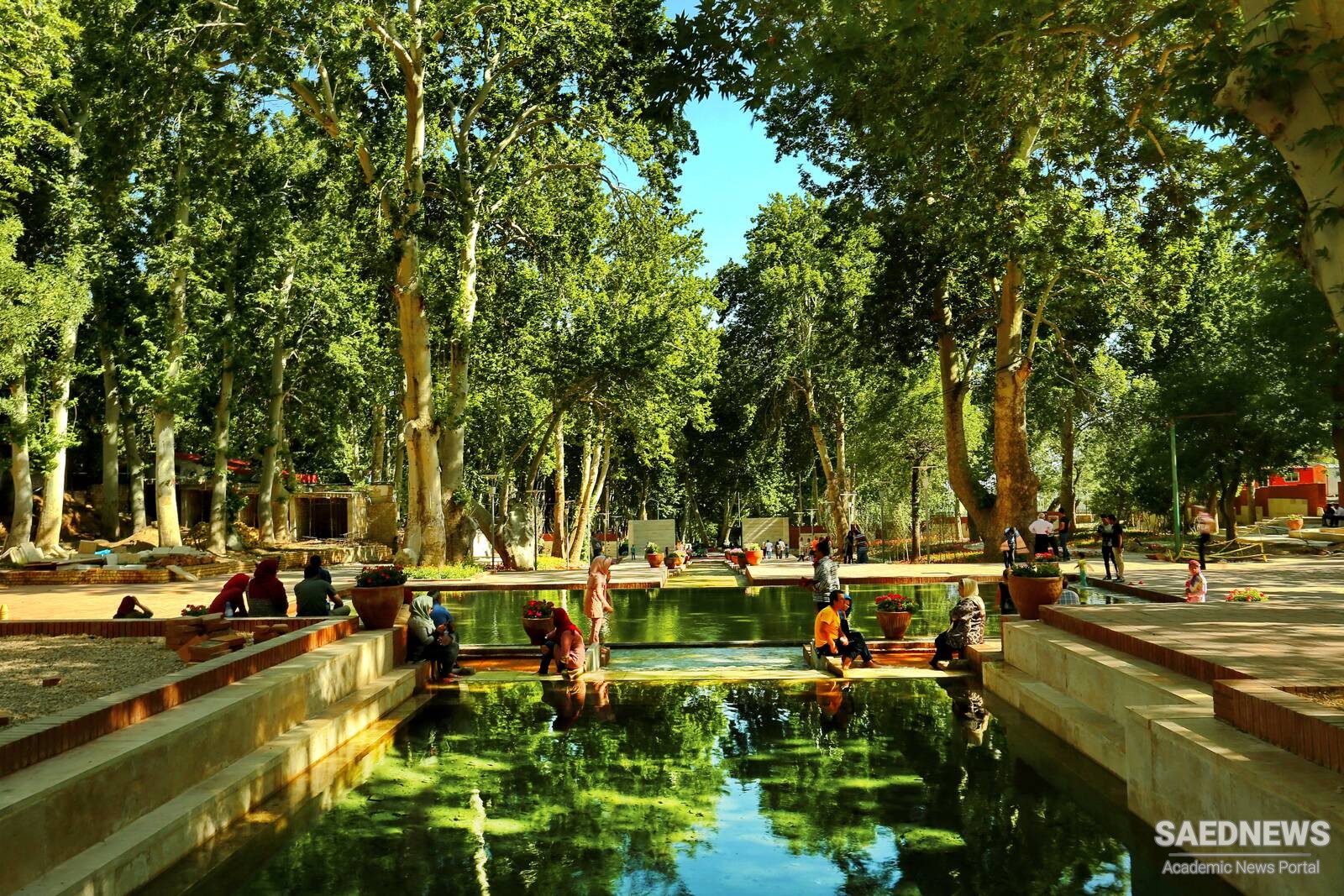Mahallat was a part of the Great Medes province during the Achaemenid Empire (550 BC - 330 BC). It also enjoys ancient remains from the Seleucid (312 BC - 63 BC), Parthian (247 BC - 224 AD), and Sasanian (224-651) eras, such as the columns of the palace and the inscription of Khorheh (village), the Atashkooh fire temple and several forts.
From the study of volcanic, alluvial, dolomitic, carbonate, and travertine rocks, it is clear that this land dates back to the Cambrian and Permian eras up to 500 million years ago. The existence of several faults in this area has created hot springs in Mahallat and Khorheh.
Among the approximately 369 mineral springs and hot springs located by the Geological Survey and Mineral Explorations of Iran, six springs are situated in Mahallat hot springs, 15 km northeast of Mahallat city.

These six springs and 24 pools, which sometimes originate from a depth of 20,000 meters and have a temperature of up to 100 degrees Celsius, contain calcium sulfate and calcium. The watercolor of these springs is close to red, and the taste of the water of these springs registers iron, magnesium, calcium, sodium, iodine, ammonia, and fluorine. It is said that the water of these springs is beneficial for treating diseases of gout, liver, bile, liver, gastrointestinal, sciatica, rheumatism, foot pain, back pain.
Mahallat, which is also famous for enjoying large and well-equipped greenhouses, have a variety of vegetation around them, including Chicory, Mint, Matthiola, Wheat, Umbelliferae, Clove, Tulips, Snapdragon, Buttercups, Milkvetch, Cousinia, Mugworts, Bassia Scoparia, Overturned Tulips, Acanthophyllum, Yarrow, Spear Thistle, and Spurge.


 Javaherdeh Village, Ramsar, North Iran
Javaherdeh Village, Ramsar, North Iran














































